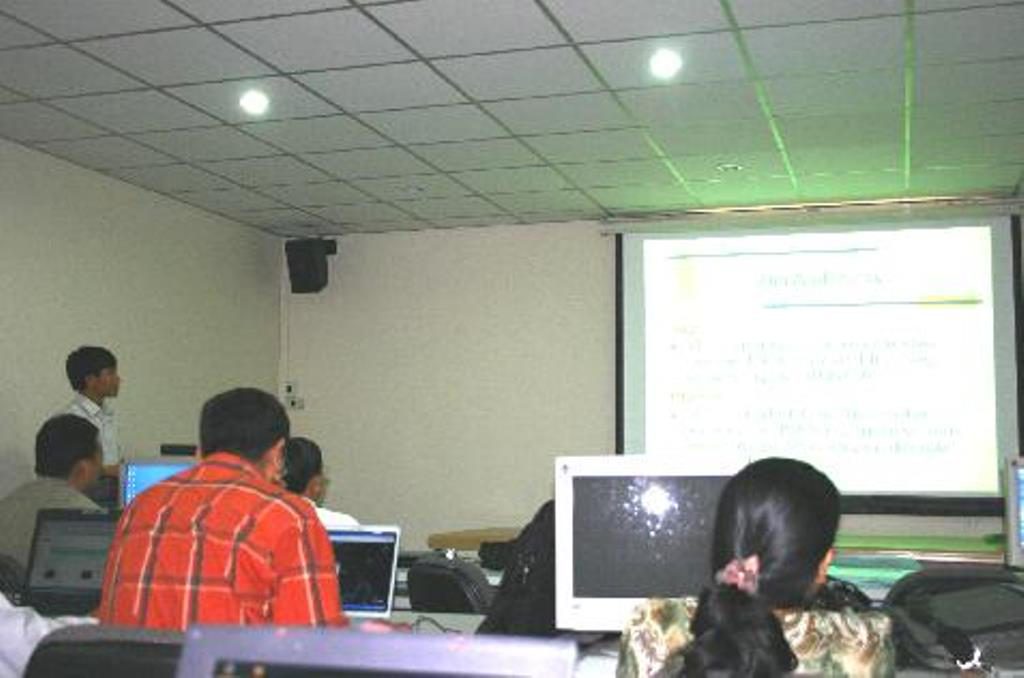Application of Remote Sensing and GIS for Landslide Hazard Mapping in Mountainous Areas of Vietnam
Descriptions
This project aimed at preparing landslide hazard maps in the mountainous area of Vietnam by utilizing remote sensing and GIS approaches.
Two approaches were used for landslide hazard mapping in the study area: 1) Stability index approach for terrain stability mapping SINMAP, and 2) Weighted overlay analysis (WOA).
The Analytical Hierarchy Process was utilized in the second method to determine the weights of various factors. Calibration of both methods requires a complete landslide inventory. However, only a limited number of points in the landslide inventory were available for the study area and model results could not be verified conclusively. The results of the initial run of SINMAP showed that 40% of the steep, rugged mountainous terrain fall under the defended slope category. However, only about 25% of the recorded landslides were found to fall into this region. Landslide initiation points found in the region where the stability index <1 was only 50%. Further calibration with the limited landslide inventory points did not show any improvements in results. The same limitation of the incomplete landslide inventory equally applied to the validation of the outputs obtained from the WOA approach.

